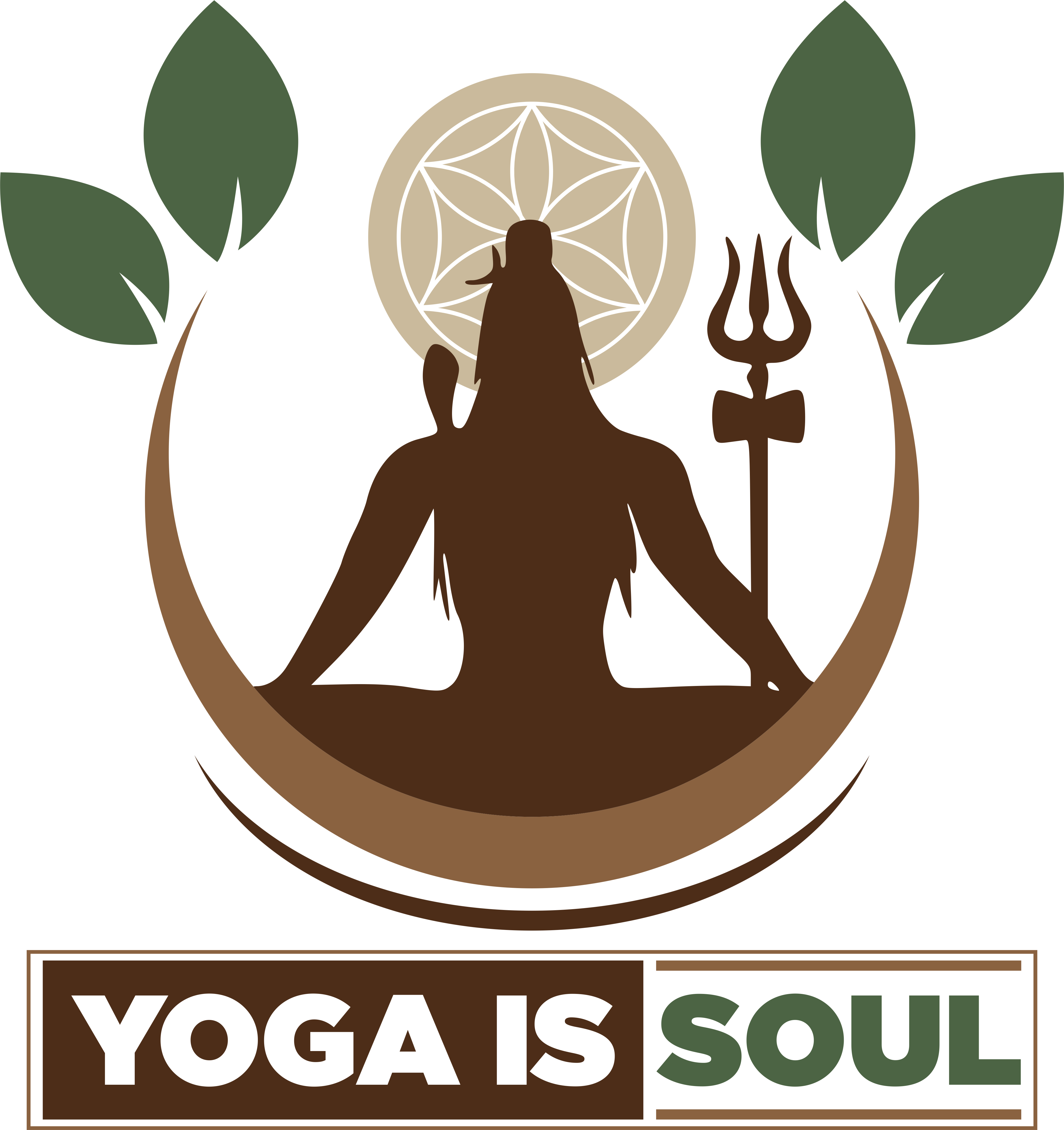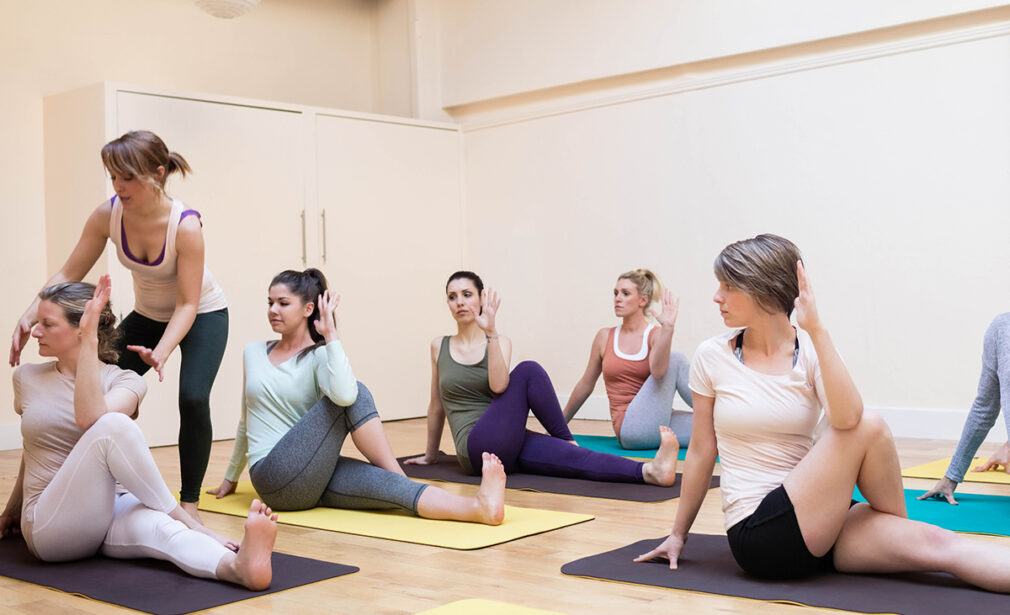Yoga Drop in Classes
Traditional Yoga Classes: Hatha, Vinyasa Flow, Yin & Restorative, Open the door to yoga with our traditional classes designed to support your body, mind, and spirit through each step along this transformative path. Whether you’re looking to gently stretch, flow, or restore, we have a class for you!
Hatha Yoga
Grounded in classical yoga traditions, Hatha (Ha—Sun, Tha—Moon) utilizes physical postures to promote flexibility and balance as a vessel to prepare your body and mind before moving into pranayama exercises that work with the energy centers. Perfect for beginners looking to build a strong foundation or experienced students hoping to deepen their practice. This includes holding poses for multiple breaths and focusing on alignment, strength, and flexibility.
Vinyasa Flow
Vinyasa Flow classes offer a more dynamic practice, stringing postures together to create continuous movements that build body strength and energy levels. This class is designed to wake you up and test yourself, improving both your physical strength and mental clarity. Every sequence is carefully choreographed to help you achieve better balance, flexibility, and endurance, all while being guided by breath to keep your mind present.
Yin Yoga
Yin Yoga provides a more meditative and passive approach to practice, offering benefits that extend to some organs as well. Passive postures are held for 3-5 minutes, stimulating deeper sensations and fostering inner peace. It is especially useful for increasing flexibility, reducing stiffness, and promoting joint health.
Restorative Yoga
Rest deeply in this relaxing yoga practice where you stretch out on soft props for 5 minutes or more. This is believed to help you relax, reduce stress, and restore balance in your nervous system. Using props like bolsters, blankets, and blocks, you can settle into postures that cradle your body so deeply that your muscles completely let go.
Why Practice with Us?
Time-Honored Methods: Our classes honor the traditional forms of yoga, adopting genuine techniques that reconnect with the pure principles and practices of mind-body-soul union.
Environment for Everyone: This is a safe and nurturing place to learn, whether you are new, returning, or seasoned in your practice. Avoid the burden of missing any class by choosing flexible attendance, allowing you to drop in when you’re free and just enjoy the practice.
Vinyasa Yoga
Hatha Yoga
Traditional Hatha Yoga
Yin Yoga
Our yoga is the fountain of youth
20+ years
Experience
Modern yoga
Trainer
World class
gurus
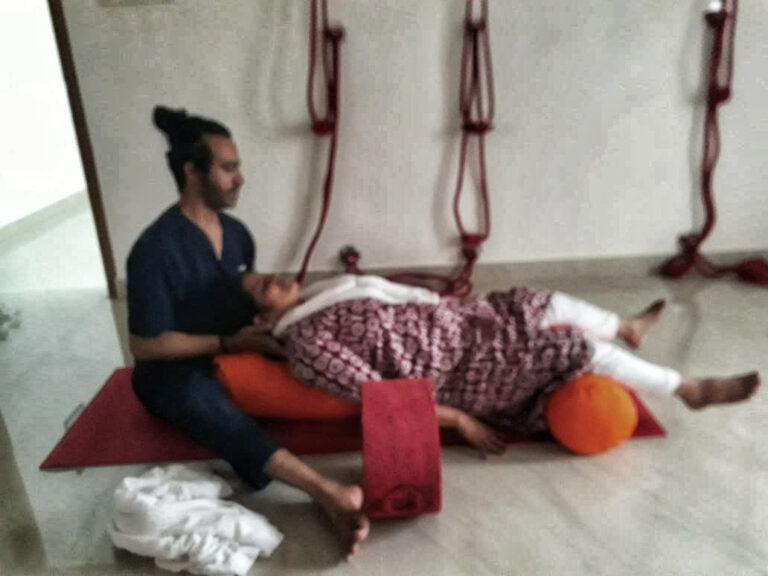
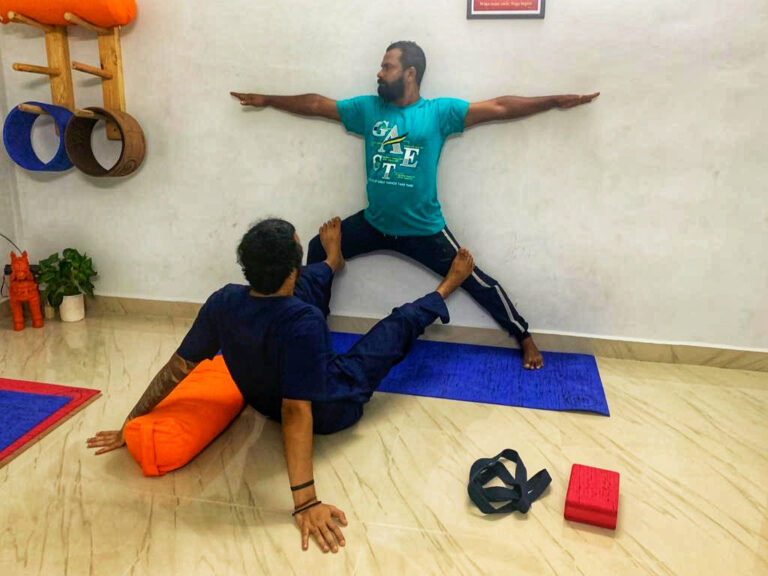
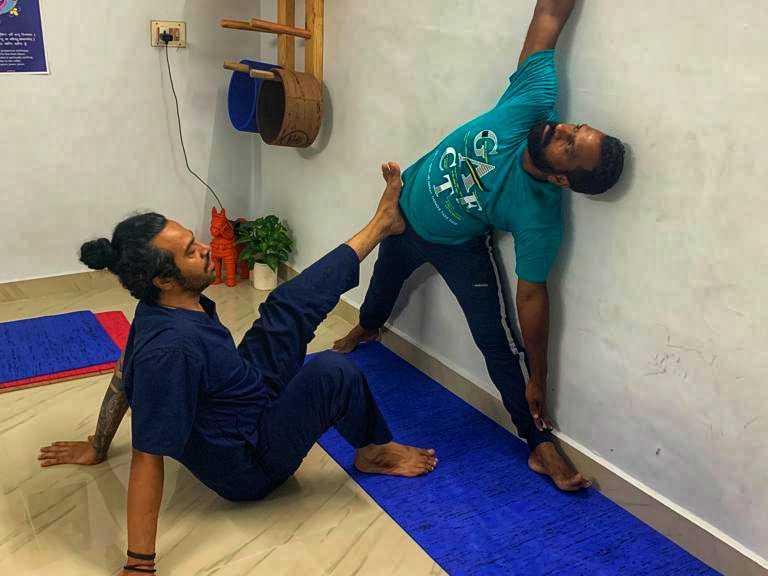
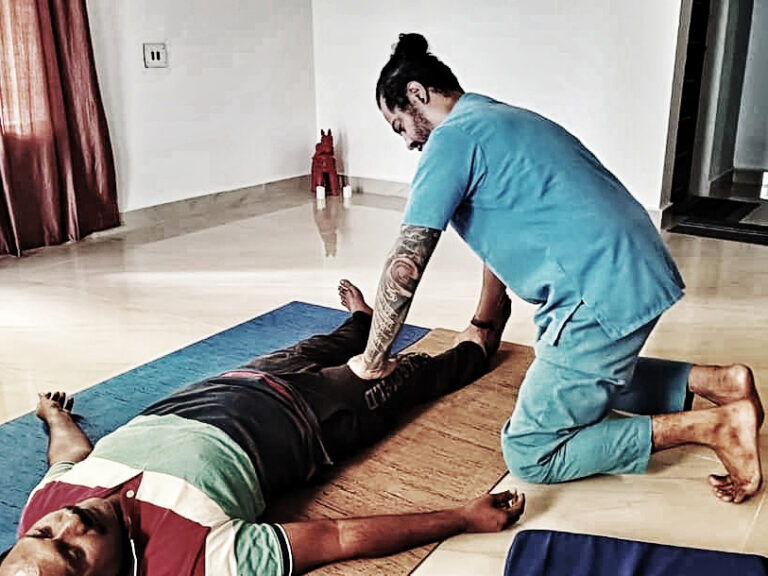
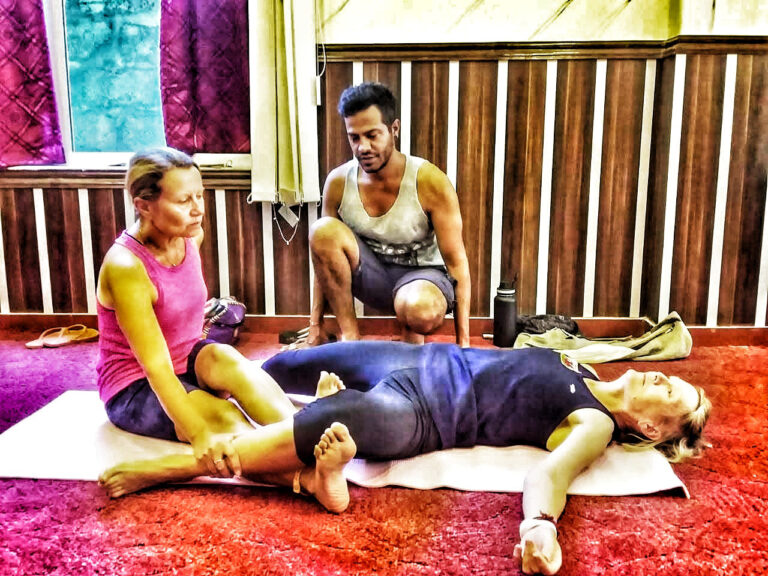
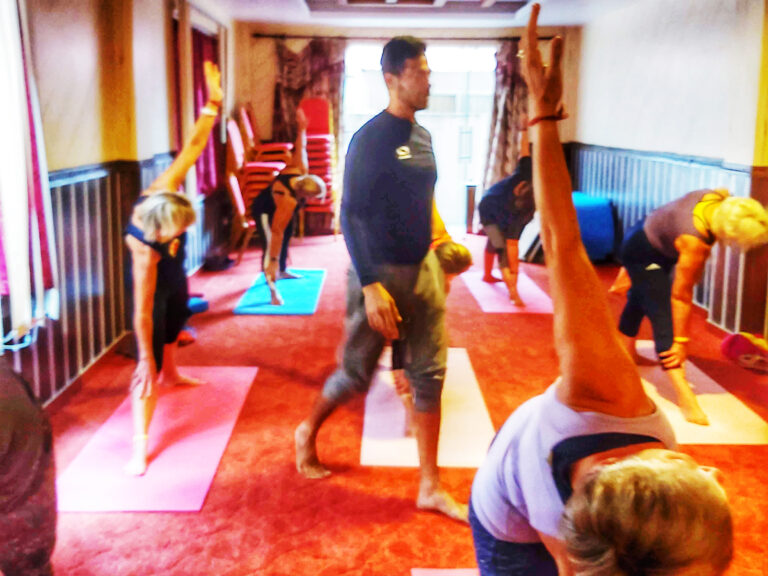
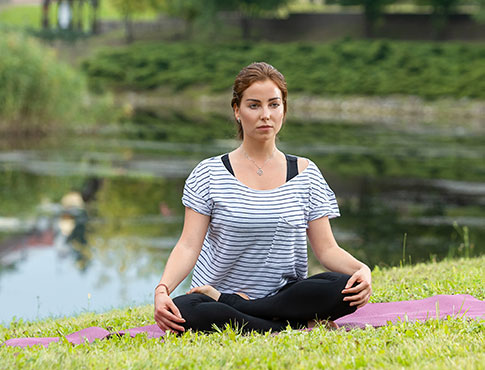
Benefits of yoga session
When your immunity is compromised, to you’re more susceptible to illness. However, as discussed earlier, yoga is considered a best scientifically backed alternative treatment for stress.
- Yoga improves strength, balance and flexibility.
- Yoga connects you with a supportive community.
- Yoga can mean more energy and brighter moods.
- Yoga may improve cardiovascular functioning.
- Yoga can promote better posture and body awareness
Frequently asked questions
The ideal frequency of yoga practice is dependent for your goals, love level, and general lifestyle. Here are some popular recommendations:
Beginners: 2-3 instances in line with week. This permits your physique to adapt to the apply without overdoing it.
Intermediate Practitioners: 3-5 times per week. Your body should now be quite used to the practice and you’re ready to start investigating some of the other sequences, or more challenging poses.
Advanced Practitioners: 5-7 times per week. If you’re serious about your practice, then a daily practice can be of benefit – just be sure to balance the level and type of practice so as not to over-stress or injure yourself.
Restorative/Yin Yoga: These gentle practices can be done more frequently, even daily, as they focus on relaxation and rejuvenation.
Intensity and Variety: Varying your practice with different styles (e.g., Hatha, Vinyasa, Yin, Restorative) and varying the intensity will keep your practice well rounded and sustainable.
Ultimately, it’s important to listen to your body and modify your workout as a result. Rest and recovery are just as important because the workout itself.
Yoga poses that are good to do in the morning will stimulate and wake up your body, energize your mind, and create a good mood. Here are some of the best:
1. Cat-Cow Pose (Marjaryasana-Bitilasana): This dynamic movement warms up the spine and helps release any stiffness.
2. Downward-Facing Dog (Adho Mukha Svanasana): This pose stretches the entire body and boosts energy levels.
3. Sun Salutations (Surya Namaskar): A series of flowing movements that warm up the body, increase flexibility, and build strength.
4. Warrior I (Virabhadrasana I): Energizes and strengthens the legs, opens the hips, and builds focus and determination.
5. Warrior II (Virabhadrasana II): Opens the hips, stretches the legs, and improves stamina and balance.
6. Tree Pose (Vrksasana)**: Enhances balance and concentration, setting a grounding tone for the day.
7. Bridge Pose (Setu Bandhasana): Opens the chest and shoulders, and stimulates the abdominal organs.
8.Seated Forward Bend (Paschimottanasana): Stretches the hamstrings and lower back, calming the nervous system.
9. Child’s Pose (Balasana): A restorative pose to ground yourself and take a moment for quiet reflection.
10. Corpse Pose (Savasana): Even just a few minutes in Savasana can help center your mind and create a sense of calm.
Sun Salutation (Surya Namaskar) is a basic sequence in yoga with many purposes and benefits. Here is the breakdown:
1. Warm-up: Effectively warms up the body and prepares muscles and joints for more intense posture.
2. Increase flexibility: The sequence stretches different muscle groups and increases overall flexibility, especially in the spine, legs and shoulders.
3. Increase circulation: The fluid nature of the sequence stimulates blood flow and helps revitalize the body and mind.
4. Build strength: A combination of poses helps build strength, especially in the core, arms and legs.
5. Improve balance: The sequence involves transitioning between different positions, which helps develop better balance and coordination.
6. Promote awareness of breathing: Every movement is coordinated with the breath, promoting mindfulness and improving breath control.
7. Mental focus: The rhythm and repetition of the sequence can help calm the mind and improve concentration.
8. Energize the body: Performing Sun Salutations in the morning can energize and invigorate you and set a positive tone for the day.
9. Detoxification: Movement and breath help stimulate the internal organs and promote digestion, thus aiding detoxification.
10. Create Flow: The continuous, flowing nature of the sequence
